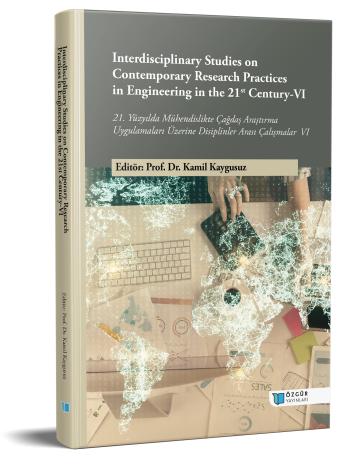
Faz Değiştiren Kimyasal Maddelerle Enerji Depolama
Şu kitabın bölümü:
Kaygusuz,
K.
(ed.)
2024.
21. Yüzyılda Mühendislikte Çağdaş Araştırma Uygulamaları Üzerine Disiplinler Arası Çalışmalar- VI.
Özet
Gizli ısıl enerji depolama son yıllarda önemle üzerinde durulan, enerji verimliliğini artırıcı yöntemlerden biridir. Gizli ısıl enerji depolamada kullanılan yüksek ısıl kapasiteye sahip ve belirli bir sıcaklık değerinde faz değiştirerek enerji absorblayan veya salan maddelere Faz Değiştiren Maddeler (FDM’ler) adı verilir. FDM’ler organik, inorganik ve ötektik bileşikler olmak üzere üç ana grupta toplanır. Organik FDM’ler katı-sıvı faz değişimi gösterirken küçük hacim değişimine uğramaları ve yüksek gizli ısıl enerji depolama kapasitesine sahip olmalarından dolayı diğer FDM’lere göre daha çok tercih edilmektedir. Kapsülleme çalışmaları organik FDM’lerin ısı transfer alanını artırmak ve faz değişimi sırasındaki hacim değişimini kontrol altında tutmak amaçlı yapılmaktadır. Ayrıca organik FDM’lere nano yapıda malzemelerin ilave edilmesi ısıl iletkenliğin artırılmasını sağlamaktadır. Bununla birlikte, ısıl davranışların incelenmesi için yapılan modelleme çalışmaları ile organik FDM’lerin kullanımı giderek yaygınlaşmaktadır. Bu çalışmada, son 20 yılda organik FDM’lerin kapsüllenmesi, ısıl iletkenliğinin artırılması ve ısıl davranışının modellenmesi konusunda yapılan araştırmaların sonuçları sunulmuştur.

